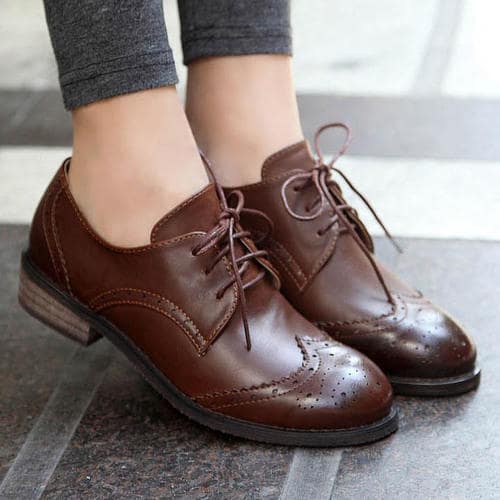Project Report For Leather Shoes Manufacturing
Introduction
Project report for Leather Shoes Manufacturing is as follows.
Many people like leather, particularly in shoes. It’s a tough and long-lasting material that can survive the environment as well as wear and strain. It’s also scratch and scuff resistant. Leather shoes are frequently more comfortable than other materials because they may mold to the shape of the feet over time.
Leather shoes are particularly adaptable, as they may be dressed up or down for any occasion. They are available in a wide range of styles, colours, and designs. They can, however, eventually develop a distinct patina, making them even more valuable. These are some of the reasons why they are regarded as a good investment.
Project Report Sample Of
Leather Shoes Manufacturing
Get Completely Custom Bankable Project Report
The design process :- The research phase of the shoe design process is the first step. Designers do market and competition evaluations to discover costs, materials, trends, gaps, and opportunities. Designers can create designs that will appeal to prospects using this data. The shoe models and lasts are then sketched and refined by the designers so that they are technically correct for the shoemaking process. Some shoe designers create their designs by hand, while others use computer tools.
Making :- Each shoe is made up of about 30 separate parts made from various sophisticated materials. These pieces must be tagged to fit the design during the footwear production process. That is how the stamping process works. The pieces of leather that make up the shaft are labeled at this stage of shoe production to avoid confusion during the sewing stage. Markers are used to indicate where eyelets will be punched. In addition, the sides of each shaft component are thinned to make later assembly easier.

Sewing :- The cutting leather parts are sewn together during the sewing stage. Sewing usually begins with the upper components before the lining. However, before sewing, the pieces of leather are frequently bonded together at the edge to keep them in place. This prevents them from shifting out of place. Following the upper and liner stitching, the seams are then neatened. The completed shaft is then reinforced with a toe cap and counter. The counter is located between the upper and lining at the heel, whereas the toe cap is located at the tip of the shoe.
Assembling the Shoe:- The shoe is patched before being delivered to the die assembly section. No prizes for guessing that this refers to shoe assembly – this is the cornerstone of how your shoes are manufactured. A technique known as Goodyear welting may be employed if the footwear is a traditional Derby or an Oxford.
Stitching the welt to the upper and the lining :- The welt is sewn around the edge of the shoe upper and rubber ridge at this point. It is then fitted in a single step with the rubber ridge, lining, and upper using a Goodyear stitching machine. In this scenario, the stitch is known as a Goodyear stitch, which is also the name given to men’s shoes constructed in this manner.
Market Potential Of Leather Shoes Manufacturing
Expenses

Product Cost Breakup

Reveneue Vs Expenses

Market Trend

The global leather footwear market was worth USD 166.53 billion in 2018 and is predicted to expand at a 2.8% CAGR from 2019 to 2025.
The leather footwear market is inextricably linked to consumer expenditure on fashion accessories. The industry is being driven by rapid growth in expenditure on fashion accessories as a result of the growing influence of social media. The trend is predicted to be spurred by recent changes in consumer shopping habits and a rising tendency to acquire high-end and designer shoes. The desire for attractive, elegant, and comfortable footwear is driving the demand.
Leather shoes are typically considered a high-end item.The introduction of new items by several brands has fueled market expansion. High product adoption, even in places with comparatively warmer conditions, is expected to fuel growth. As the demand for flexible and lightweight products rises, several innovations and technical breakthroughs contribute to the increase in product demand. Leather footwear has a high durability and can be used for both indoor and outdoor applications, making it more popular among customers. It may also be used for casual, fashionable shoes and can be used for both indoor and outdoor applications.

